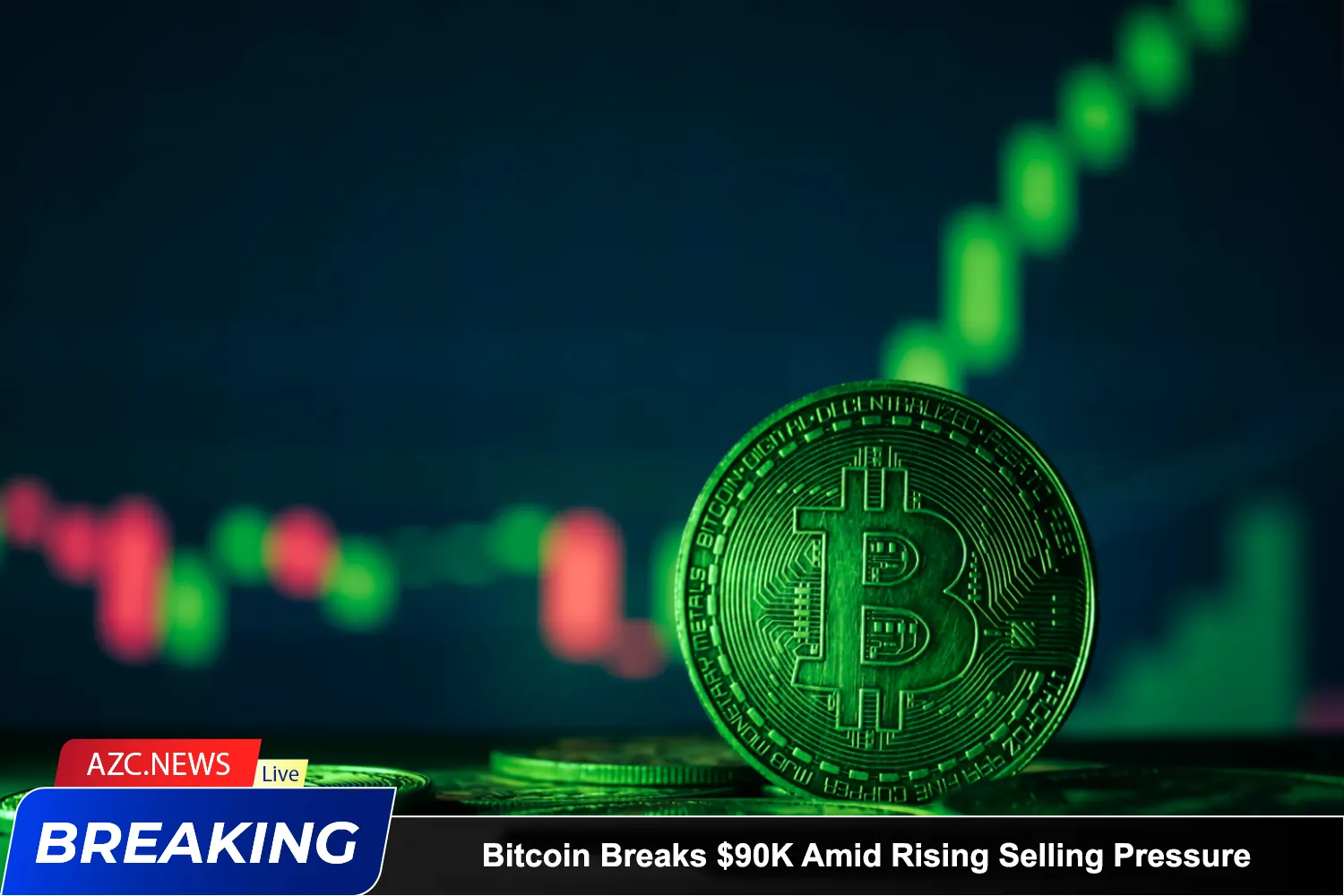What is Liquidation in Crypto?
Liquidation is a crucial term in leveraged trading. It occurs when a trading platform forcefully closes a trader’s leveraged positions due to the loss of a portion or all of the initial margin. This happens when a trader does not have enough funds to maintain the trade. In futures trading, liquidation implies closing a position to convert assets into cash. It’s a situation traders strive to avoid at all costs.
With leveraged positions, volatile price movements can immediately lead to negative balances for traders. Liquidation occurs automatically if a trade does not meet specific price criteria, and the timing and process of liquidation depend on the leverage used in the trade.

Trading with leverage is a high-risk strategy, and traders can lose their entire collateral if the market moves significantly against their leveraged position. Some countries have banned trading platforms from offering leveraged trading products to protect novice traders from liquidation and potential loss of their investment.
You can monitor the percentage change required for liquidation relative to your position by using the following formula:
Liquidation percentage equals 100 divided by leverage.
For example, if you’re using 5x leverage, your position will be liquidated if the asset’s price changes by 20% relative to your position (100/5=20).
How Does Liquidation Occur?
Market volatility has increased due to the widespread adoption of derivative instruments. When it comes to derivative securities, we’re talking about margin trading, perpetual swap contracts, and futures contracts. These are different types of contracts based on the price of an underlying asset, allowing traders to speculate on where the price of that asset will be in the future.
It’s important to note that derivatives are not unique to the cryptocurrency market. Traders in traditional stock markets using options and short-selling stocks employ similar strategies. However, due to the widely known volatility of cryptocurrencies, derivative instruments are double-edged swords due to the possibility of liquidation.
Whenever you trade with leverage, you risk being liquidated if the market moves against you to a certain extent. If you reach a certain loss threshold, the trading platform will automatically liquidate that position to prevent further losses.
Exchanges are allowed to do this because when you trade leveraged positions, you’re borrowing money from the exchange. Essentially, liquidation acts as a last-resort insurance policy for exchanges to avoid losing money in leveraged trades.
Strategies to Minimize Liquidation Risk
To reduce the risk of liquidation in futures trading, there are several risk management strategies and techniques you can apply:
- Set Proper Stop-Loss Orders: Establish reasonable stop-loss points for each trading position to limit losses and protect profits. Stop-loss orders should be based on technical analysis and need to be adjusted regularly to reflect changes in market trends.
- Diversify Your Investment Portfolio: Diversify risk by investing in various types of assets. Diversifying your investment portfolio helps minimize the negative impact of asset price fluctuations on the overall portfolio.
- Avoid Overleveraging: Use leverage cautiously and only when you understand the risks involved. Avoid overleveraging to minimize the risk of losing your initial investment.
- Stay Informed About Market Trends: Monitor and stay informed about daily market fluctuations, important market events, and factors affecting prices. This helps you have a comprehensive view and react promptly to market movements.
- Utilize Advanced Trading Tools: Use advanced trading tools such as technical indicators, fundamental analysis, and automated trading systems to help identify potential risks before they escalate and make effective trading decisions.
When applied correctly and with discipline, these techniques and strategies help minimize liquidation risk and protect your trading account.
8 Ways to Avoid Liquidation in Trading
Here are 8 ways you can use to protect your account from liquidation in trading, along with details for each method:
- Maintain a Safe Margin Level: Ensure you always maintain a safe margin level, avoiding your account falling into a margin call situation.
- Carefully Monitor Market Volatility: Monitor daily market volatility and make sure you understand the situation to make informed trading decisions.
- Use Stop-Loss and Take-Profit Orders: Set stop-loss and take-profit points for each trading position to limit losses and protect profits.
- Diversify Your Investment Portfolio: Diversify risk by investing in various types of assets, avoiding too much concentration in a single asset.
- Avoid Overtrading with Excessive Leverage: Use leverage cautiously and only when you understand the risks involved.
- Implement Effective Risk Management: Use risk management techniques such as proper lot sizing and balanced reward-to-risk ratios.
- Regularly Monitor and Adjust Your Trading Strategy: Monitor and evaluate your performance regularly, and adjust your trading strategy if necessary.
- Always Have a Contingency Plan: Always have a contingency plan and be prepared for the worst-case scenarios that may occur in the market.
Leveraged Trading Opportunities in the Cryptocurrency Market
Leveraged trading is one of the most popular strategies in the cryptocurrency trading world. This method allows traders to take advantage of market opportunities even when prices have small fluctuations. However, it also comes with high risks and the potential for liquidation.
Benefits of leveraged trading include the ability to profit from market movements even with small price changes and the efficient use of capital by borrowing from the exchange. However, the risks include high potential losses, as even a small mistake can lead to the loss of borrowed funds and your collateral.
To engage in leveraged trading and profit from exchanges like Binance, OKX, Bybit, Kucoin, Gate.io, and MEXC, you can potentially earn significant profits of up to 125x to increase your capital accumulation. Currently, Cryptocurrency offers a highly attractive new member registration program on Binance, offering a generous 100 USDT upon completion of simple tasks.
You can register for a Binance account here.
Related: What is Binance? Binance Exchange Review 2024
The Future of Liquidation Trading
As technology continues to reshape the financial landscape, it also has a significant impact on the liquidation process. Let’s explore the future of trading and how advancements in technology are affecting liquidation risks and how to leverage these new opportunities.
Technological Advancements and Their Impact on Liquidation
With the rise of algorithmic trading and automated systems, the speed and efficiency of the liquidation process have significantly improved. Brokers now have access to advanced risk management tools and real-time monitoring systems, allowing them to react quickly to rapidly changing market conditions. These technological advancements have contributed to reducing the frequency and severity of liquidation events.
Predicting Market Trends and Liquidation Risks
The ability to predict market trends and anticipate potential liquidation risks is a crucial skill for traders. As technology advances, complex data analysis techniques such as machine learning and artificial intelligence are becoming more prevalent in the trading world. These advanced tools can help traders identify patterns, analyze market sentiment, and make more informed decisions to minimize liquidation risks.
Conclusion
In conclusion, Liquidation is an unavoidable risk in leveraged trading. Using effective risk management tools and techniques will help protect your trading account. Ensure maintaining a safe margin level, use stop-loss and take-profit orders sensibly, diversify your investment portfolio, and stay updated on market information.
As technology continues to evolve, traders should embrace these advancements to stay ahead of the curve and mitigate liquidation risks effectively. By leveraging advanced tools and techniques, traders can navigate volatile markets more confidently and protect their investments.












